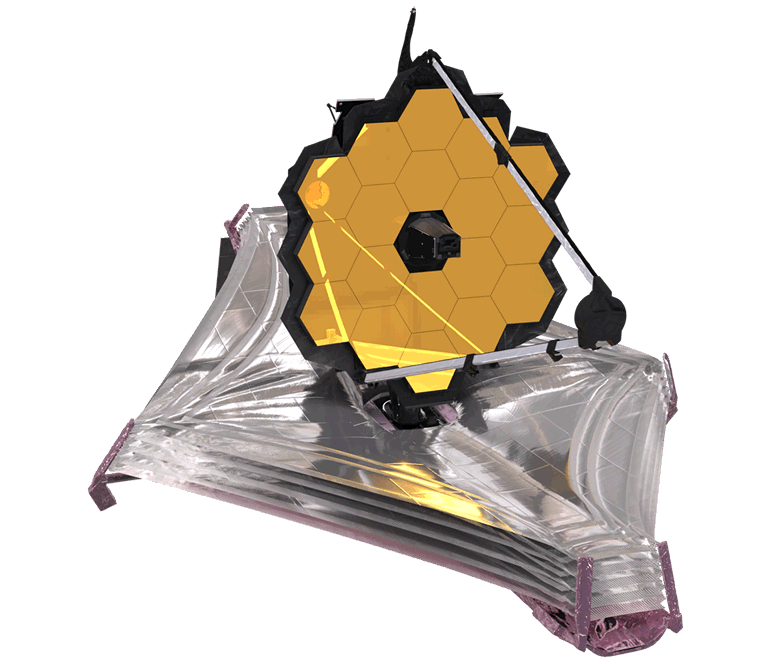News
The James Webb Space Telescope captured the birth of new stars as a result of a collision between two galaxies. Photo.
The James Webb Space Telescope has taken a unique photo. The device captured the collision of two galaxies in which new stars were born. Interestingly, this phenomenon is invisible to other such devices.
According to Space.com, the wave of star formation was caused by the collision of two galaxies under the common name IC 1623. Scientists say that the merging pair is making stars 20 times faster than the Milky Way galaxy (to view the photo, scroll to the bottom of the page).
The James Webb Telescope was able to capture the star formation using infrared radiation that penetrates the dust, which is not available to its "colleagues". The device easily pierced the veil, revealing a luminous center that emits so much infrared light that the galaxy produces a signature eight-beam refraction pattern. This is where the bright stars are found.
This image revealed a completely new layer in the structure of the merging galaxies, which is depicted as a central piece of bright red and orange material in the picture. The bizarre rings in the photo are organic dust driven by starlight.
The scientists also noted that these galaxies are located about 270 million light-years from Earth in the constellation of Cygnus. Astronomers suggest that a supermassive black hole may form as a result of the merger.
The image itself was created from a combination of data obtained by three of Webb's four instruments: the MIRI and NIRCam cameras and the NIRSpec spectrometer.
As reported by OBOZREVATEL, on December 25 last year, an Ariane 5 rocket carrying the James Webb Orbiting Telescope launched from the Kourou Cosmodrome in French Guiana. After the device separates from the spacecraft, it will study the oldest stars and galaxies in the Universe, which formed after the Big Bang, and will also search for potentially habitable planets.
Only verified information is available on our ObozrevatelTelegram channel and Viber . Don't fall for fakes!






























